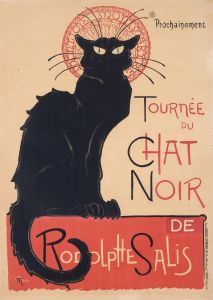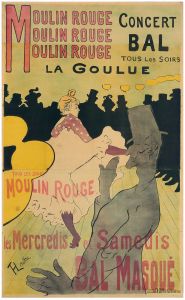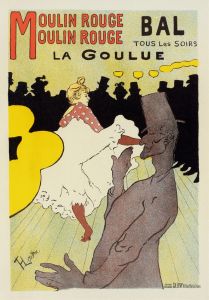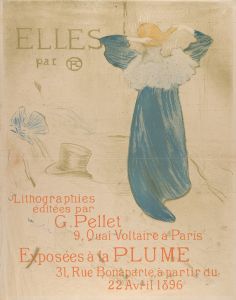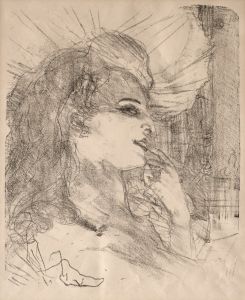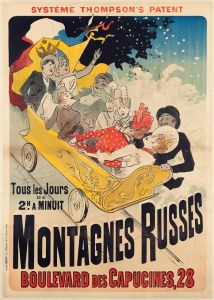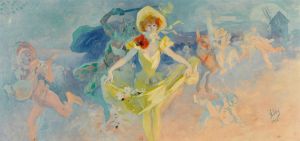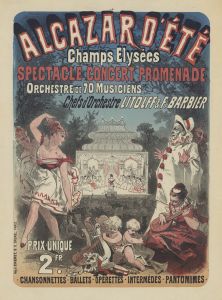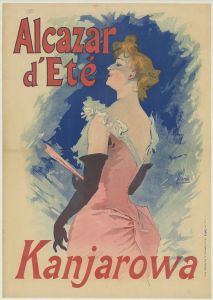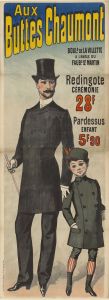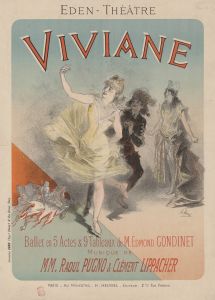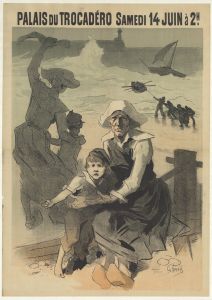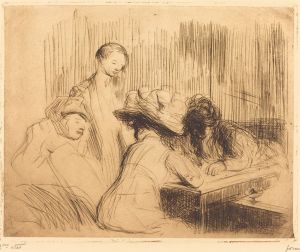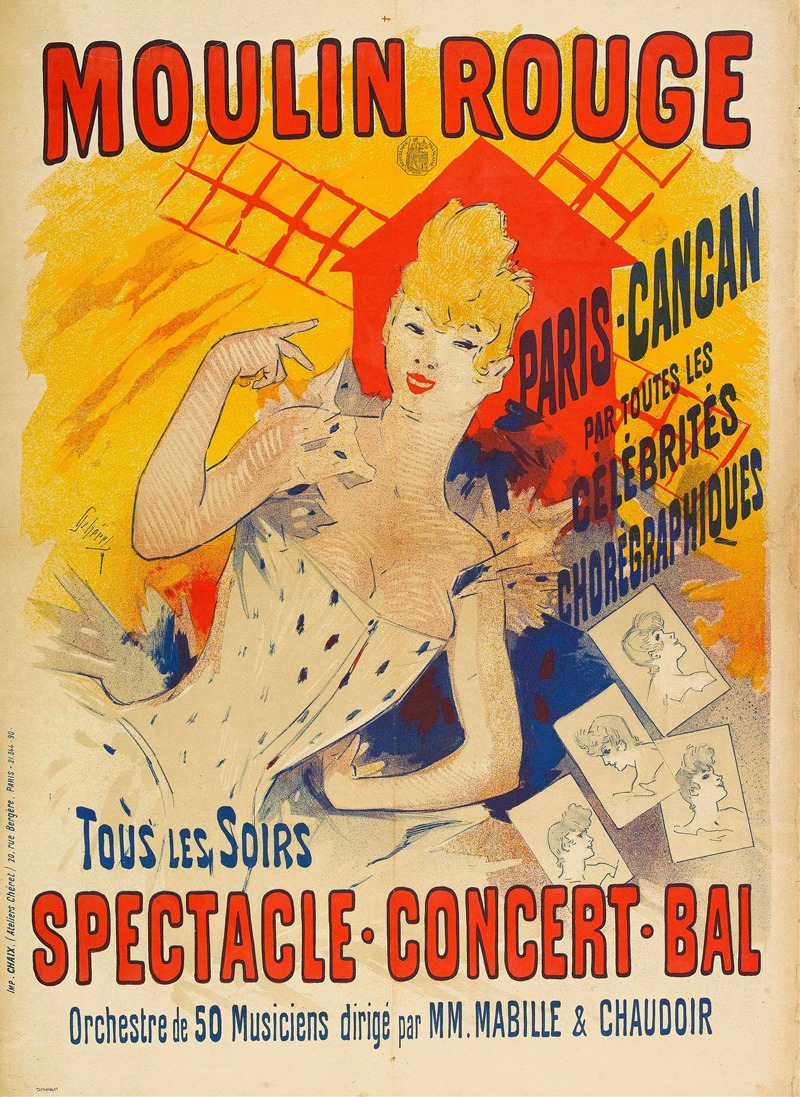
Moulin Rouge, Paris-Cancan
A hand-painted replica of Jules Chéret’s masterpiece Moulin Rouge, Paris-Cancan, meticulously crafted by professional artists to capture the true essence of the original. Each piece is created with museum-quality canvas and rare mineral pigments, carefully painted by experienced artists with delicate brushstrokes and rich, layered colors to perfectly recreate the texture of the original artwork. Unlike machine-printed reproductions, this hand-painted version brings the painting to life, infused with the artist’s emotions and skill in every stroke. Whether for personal collection or home decoration, it instantly elevates the artistic atmosphere of any space.
"Moulin Rouge, Paris-Cancan" is a renowned lithograph created by the French artist Jules Chéret in 1890. Chéret, often referred to as the "father of the modern poster," played a significant role in the development of poster art during the Belle Époque period in France. His work is characterized by its vibrant colors, dynamic compositions, and the lively depiction of Parisian nightlife.
The lithograph "Moulin Rouge, Paris-Cancan" captures the exuberant spirit of the famous Moulin Rouge cabaret in Paris, which opened its doors in 1889. The Moulin Rouge quickly became a symbol of the bohemian lifestyle and the epicenter of entertainment in the Montmartre district. It was particularly known for its cancan dance performances, which were both scandalous and captivating to the audiences of the time.
In this artwork, Chéret masterfully portrays the energy and excitement of the cancan dancers. The central figure is a dancer in mid-kick, her skirt swirling around her, capturing the movement and vitality of the dance. The use of bright, bold colors and dynamic lines draws the viewer's eye and conveys the sense of motion and joy that characterized the performances at the Moulin Rouge.
Chéret's technique in this lithograph is notable for its use of color lithography, a relatively new printing process at the time that allowed for the mass production of posters with rich, vibrant hues. This innovation made it possible for posters to be used as a form of advertising and art, accessible to a broader public. Chéret's posters, including "Moulin Rouge, Paris-Cancan," were plastered on walls throughout Paris, contributing to the visual culture of the city and the promotion of its entertainment venues.
The poster not only advertises the Moulin Rouge but also reflects the broader cultural and social changes occurring in Paris at the end of the 19th century. The Belle Époque was a period of optimism, economic prosperity, and cultural flourishing in France, and Chéret's work embodies the spirit of this era. His posters celebrated the pleasures of urban life, from theater and dance to fashion and leisure.
Jules Chéret's influence extended beyond his own work; he inspired a generation of artists and designers, including Henri de Toulouse-Lautrec, who also created iconic posters for the Moulin Rouge. Chéret's ability to blend art and advertising helped elevate the status of the poster as a legitimate art form and paved the way for the development of graphic design.
"Moulin Rouge, Paris-Cancan" remains an important piece in the history of poster art and a vivid representation of the lively and decadent atmosphere of Parisian nightlife during the Belle Époque. The lithograph is celebrated for its artistic quality and historical significance, capturing a moment in time when Paris was at the forefront of cultural innovation and entertainment.





